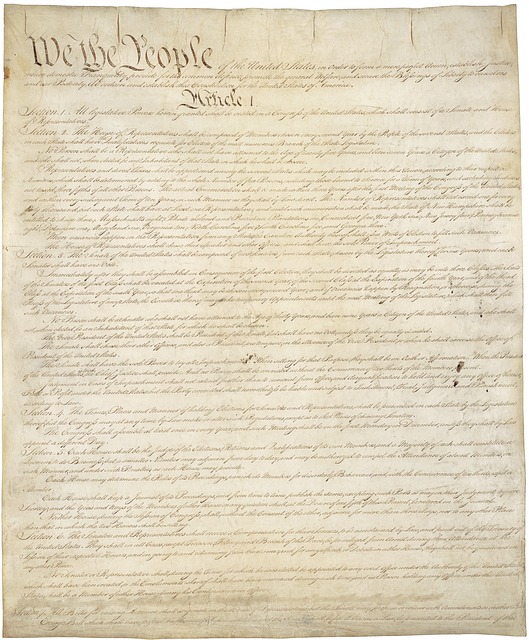
Overview of the Chapter
The chapter 'The Indian Constitution' in the CBSE Grade 8 Civics curriculum introduces students to the fundamental framework of governance in India. It explains the significance of the Constitution, its key features, and the values it upholds to ensure justice, equality, and democracy in the country.
Constitution: A set of fundamental principles or established precedents according to which a state or other organization is governed.
Why Does a Country Need a Constitution?
The Constitution serves as the supreme law of the land, providing a framework for governance, protecting citizens' rights, and defining the powers and responsibilities of the government. It ensures:
- Rule of law and accountability
- Protection of fundamental rights
- Separation of powers among different organs of the government
Key Features of the Indian Constitution
The Indian Constitution is one of the longest written constitutions in the world. Some of its key features include:
- Federalism: Division of powers between the central and state governments.
- Parliamentary Form of Government: The executive is accountable to the legislature.
- Fundamental Rights: Guarantees basic rights to all citizens.
- Directive Principles of State Policy: Guidelines for the government to promote social and economic welfare.
- Secularism: Equal respect for all religions.
Fundamental Rights: Basic rights guaranteed to all citizens by the Constitution, such as the right to equality, freedom, and protection against exploitation.
Fundamental Rights and Duties
The Constitution grants six fundamental rights to citizens, including:
- Right to Equality
- Right to Freedom
- Right against Exploitation
- Right to Freedom of Religion
- Cultural and Educational Rights
- Right to Constitutional Remedies
Along with rights, citizens also have fundamental duties to uphold the unity and integrity of the nation.
How is the Indian Constitution Amended?
The Constitution can be amended to adapt to changing needs. The amendment process is outlined in Article 368 and requires a special majority in Parliament. Some amendments also require ratification by state legislatures.
Conclusion
The Indian Constitution is a living document that reflects the aspirations of its people. It ensures democracy, justice, and equality while providing a framework for governance. Understanding its features and significance is crucial for every citizen.
